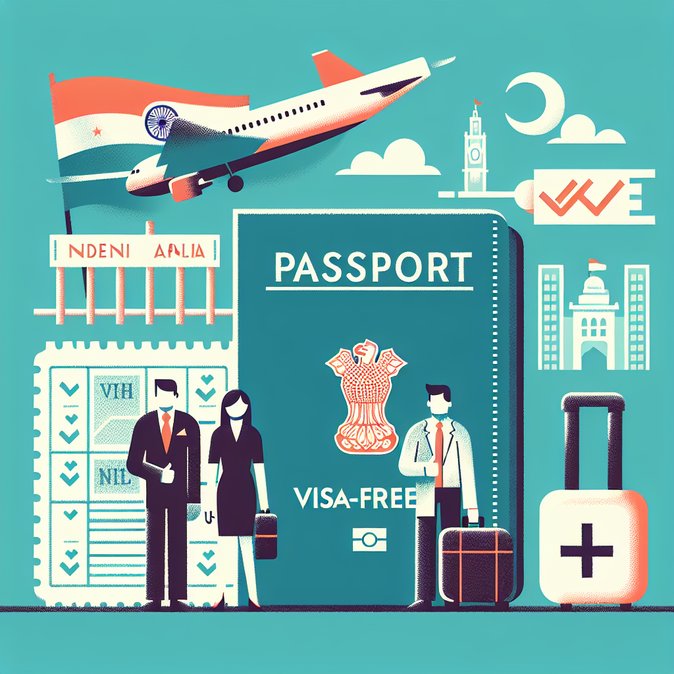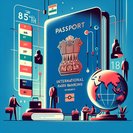
In a major win for Indian outbound travel, the Philippines on 26 October 2025 formally extended visa-free entry to Indian citizens for up to 14 days—30 days for travellers holding valid US, UK, Schengen, Japan, Canada, Singapore or Australian visas. The announcement coincides with Air India’s launch of thrice-weekly non-stop Delhi–Manila services, creating the first direct air bridge between the two capitals.
The twin moves are designed to more than double Indian visitor arrivals, which stood at roughly 80,000 in 2024. Philippine Tourism Secretary Christina Frasco said the policy aligns with a new 2025-28 bilateral implementation programme covering destination marketing and hospitality training. Indian tour operators are already bundling Boracay and Palawan beach packages with Metro Manila business extensions, while Filipino IT-BPM firms view easier access as a talent-mobility booster.
For corporates, the practical upsides include faster project deployment and lower compliance costs—hot-desking staff can now enter on short notice without visa fees. Travel managers, however, must ensure travellers carry proof of funds, confirmed hotels and onward tickets, as these remain entry prerequisites. Longer stays revert to the existing e-Visa system.
The new route also plugs a network gap for Air India, which has been pivoting toward underserved ASEAN points. Flight timings create same-day connections to Bengaluru, Hyderabad and Mumbai, and cargo agents expect growth in pharmaceuticals and electronics trade.
Travel insurers predict a modest uptick in demand for medical evacuation cover, noting that the Philippines’ archipelagic geography still challenges emergency response. Nevertheless, analysts see the policy as part of a wider “Asia Lite” visa movement, with Vietnam and Indonesia reportedly eyeing similar concessions for the Indian market.
The twin moves are designed to more than double Indian visitor arrivals, which stood at roughly 80,000 in 2024. Philippine Tourism Secretary Christina Frasco said the policy aligns with a new 2025-28 bilateral implementation programme covering destination marketing and hospitality training. Indian tour operators are already bundling Boracay and Palawan beach packages with Metro Manila business extensions, while Filipino IT-BPM firms view easier access as a talent-mobility booster.
For corporates, the practical upsides include faster project deployment and lower compliance costs—hot-desking staff can now enter on short notice without visa fees. Travel managers, however, must ensure travellers carry proof of funds, confirmed hotels and onward tickets, as these remain entry prerequisites. Longer stays revert to the existing e-Visa system.
The new route also plugs a network gap for Air India, which has been pivoting toward underserved ASEAN points. Flight timings create same-day connections to Bengaluru, Hyderabad and Mumbai, and cargo agents expect growth in pharmaceuticals and electronics trade.
Travel insurers predict a modest uptick in demand for medical evacuation cover, noting that the Philippines’ archipelagic geography still challenges emergency response. Nevertheless, analysts see the policy as part of a wider “Asia Lite” visa movement, with Vietnam and Indonesia reportedly eyeing similar concessions for the Indian market.









